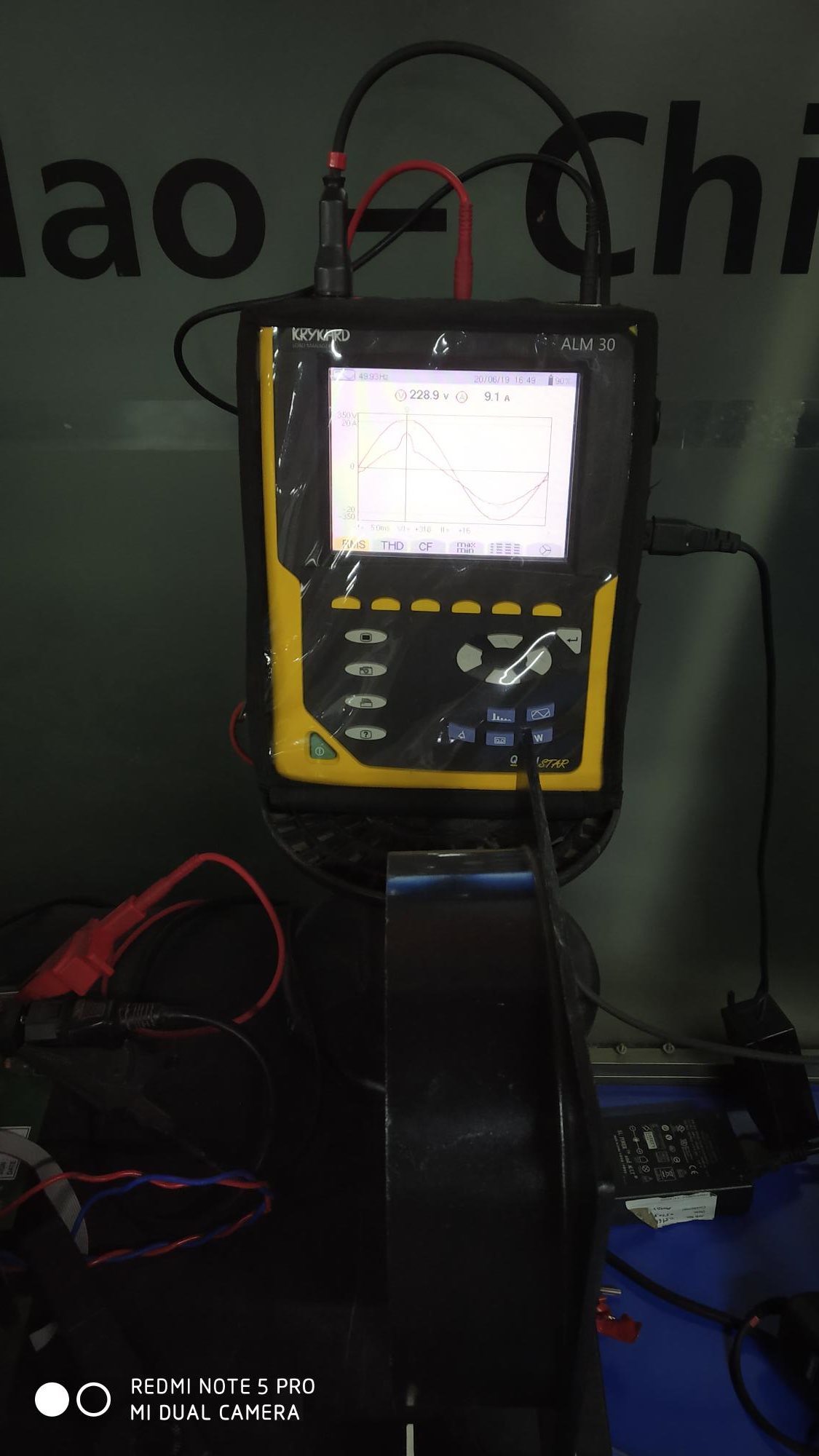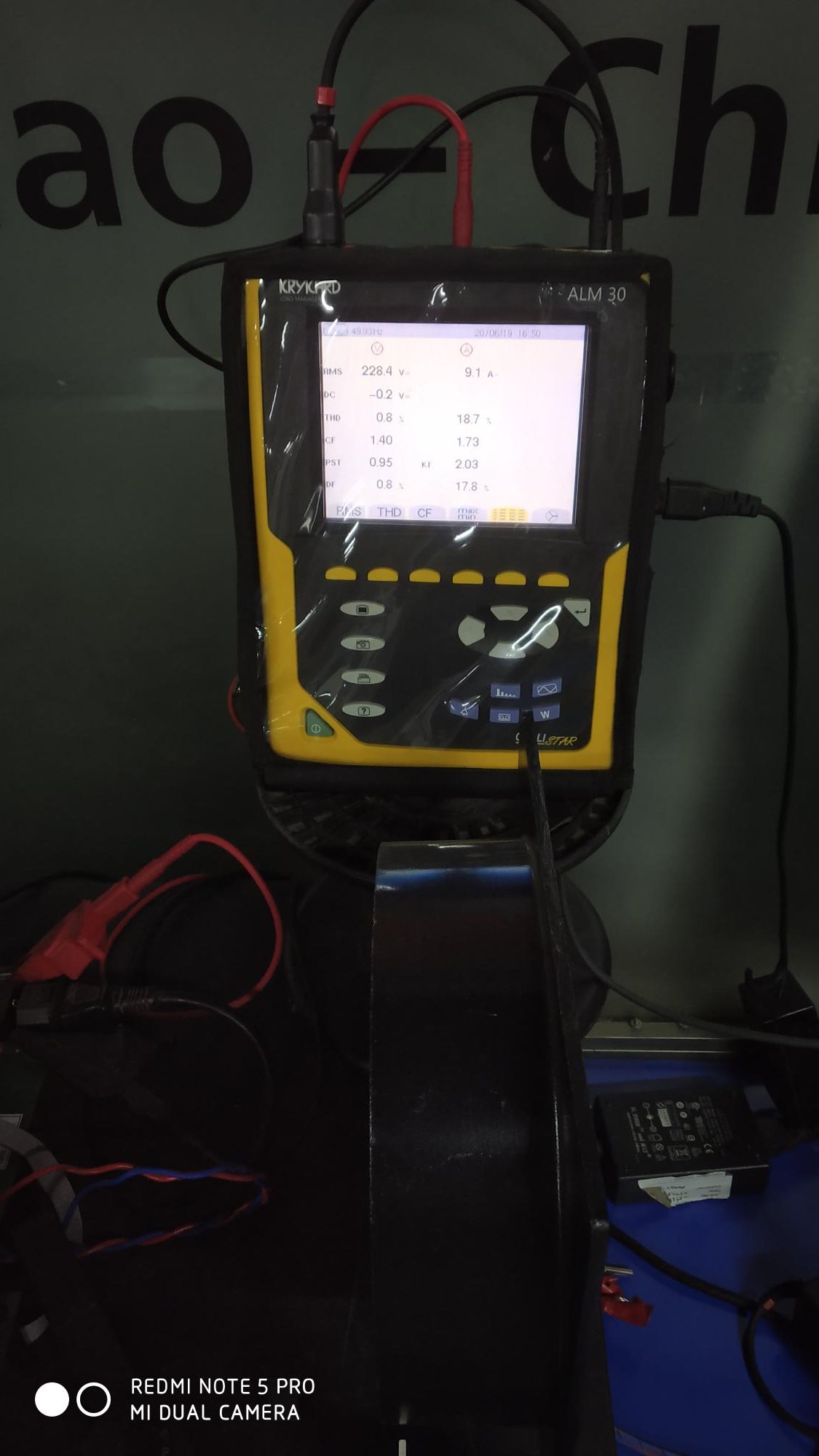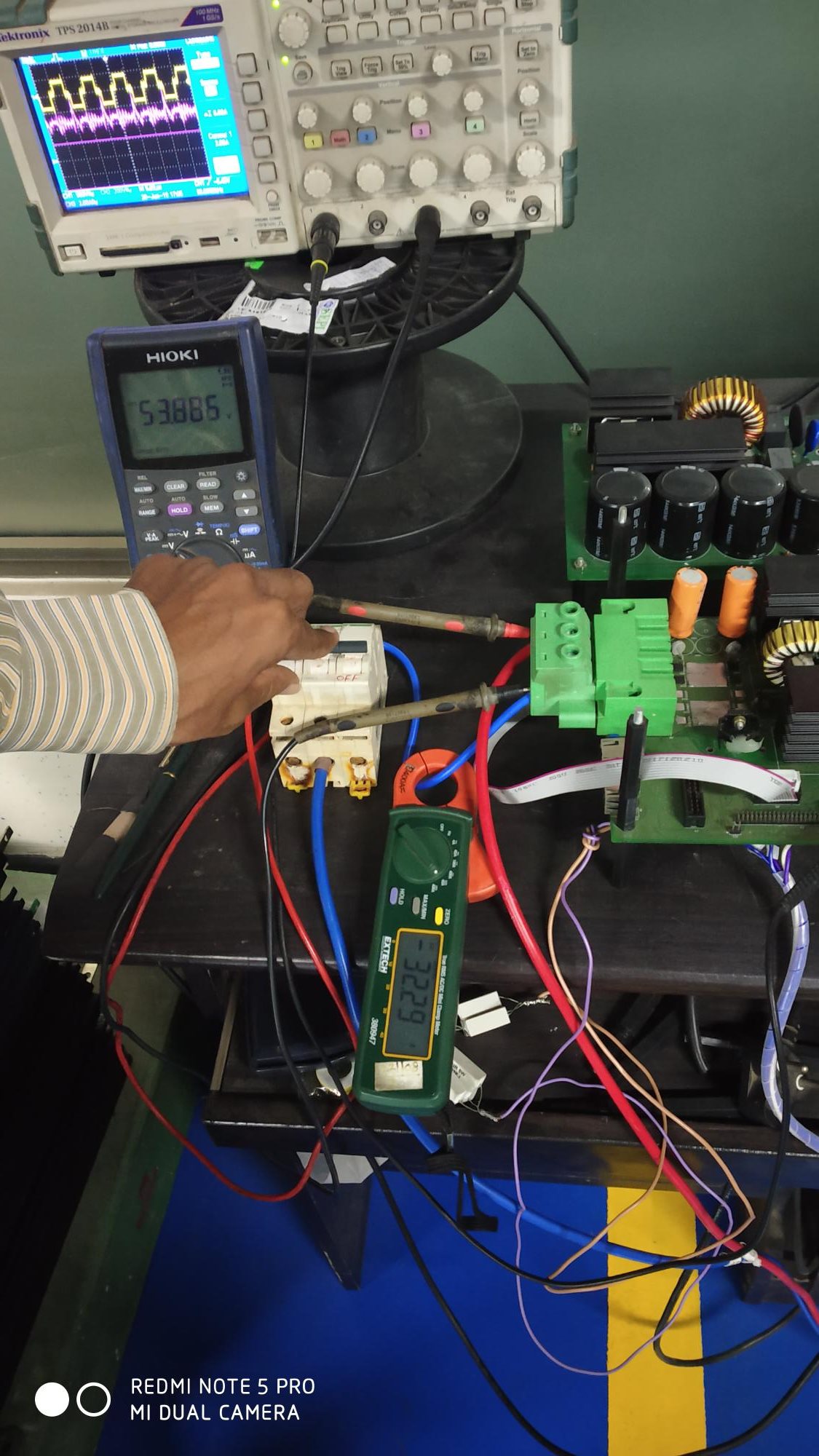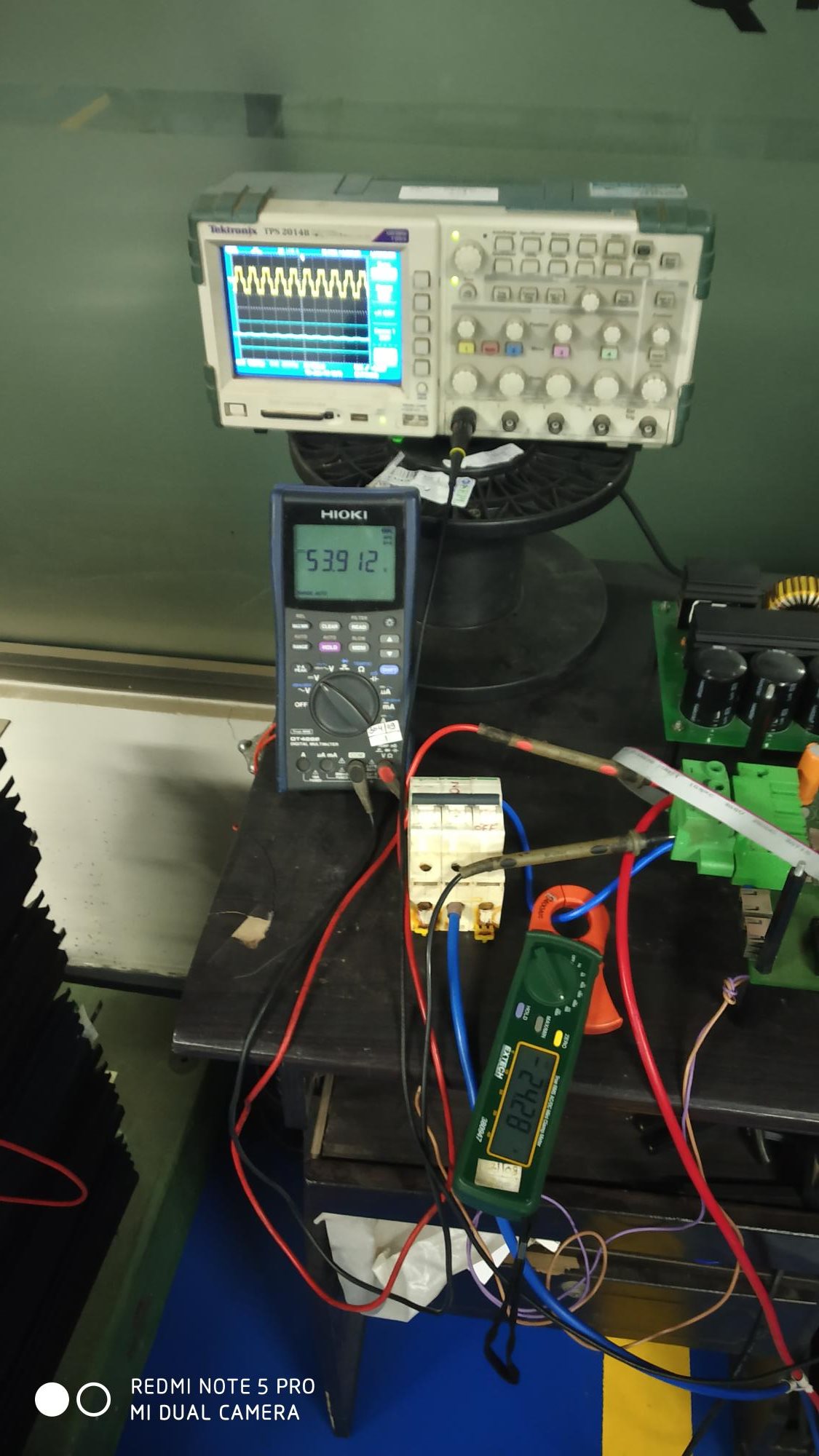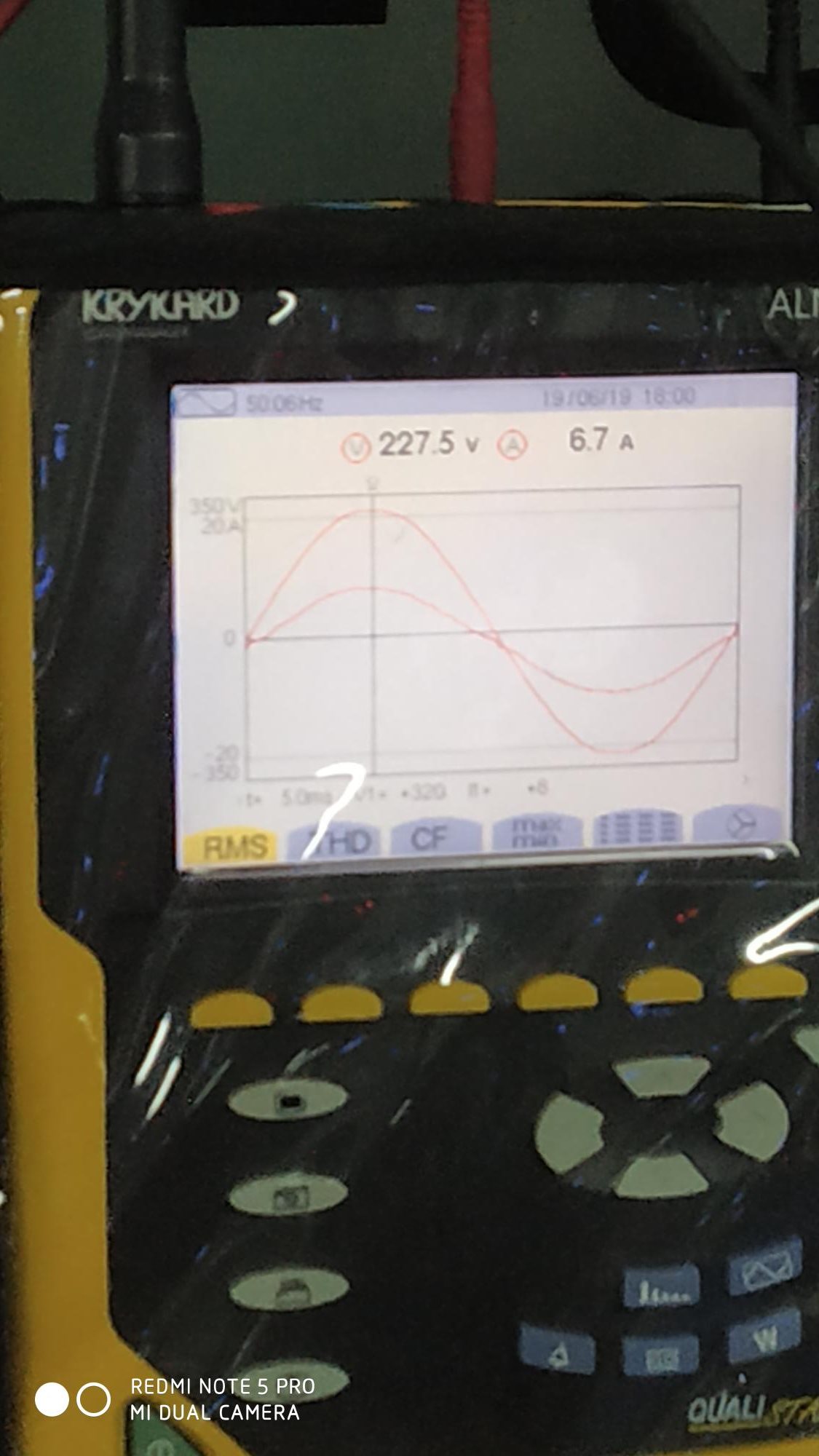Hello Roberto,
How are you
I resumed the testing of battery charger, in that we are facing problem of output voltage regulation after loading. After testing it I come to know that, Output voltage is stable at Vout signal (across C53-C56 capacitor bank) but at connector J8 I got dropped out voltage. So the problem lies in MOSFET bank of Q12, Q17....while fault finding I gave 12V external power supply to VCC_FB, and 3.45V to Pre_charge P2.2 node. I got voltages as below
V_float=8.6V
Pre_chargeP2.2=3.45V
Voltage at Q32A base-Emmiter= 0.6V
Voltage at D19 Anode= 8.15V
because of 8.15V voltage Q33 is not able to Turn ON and hence MOSFET bank.
Is above voltages are correct?
Also which diodes from PMP8740 schematics represents Dsw1 and Dsw2?
Thanks,
Anjana




